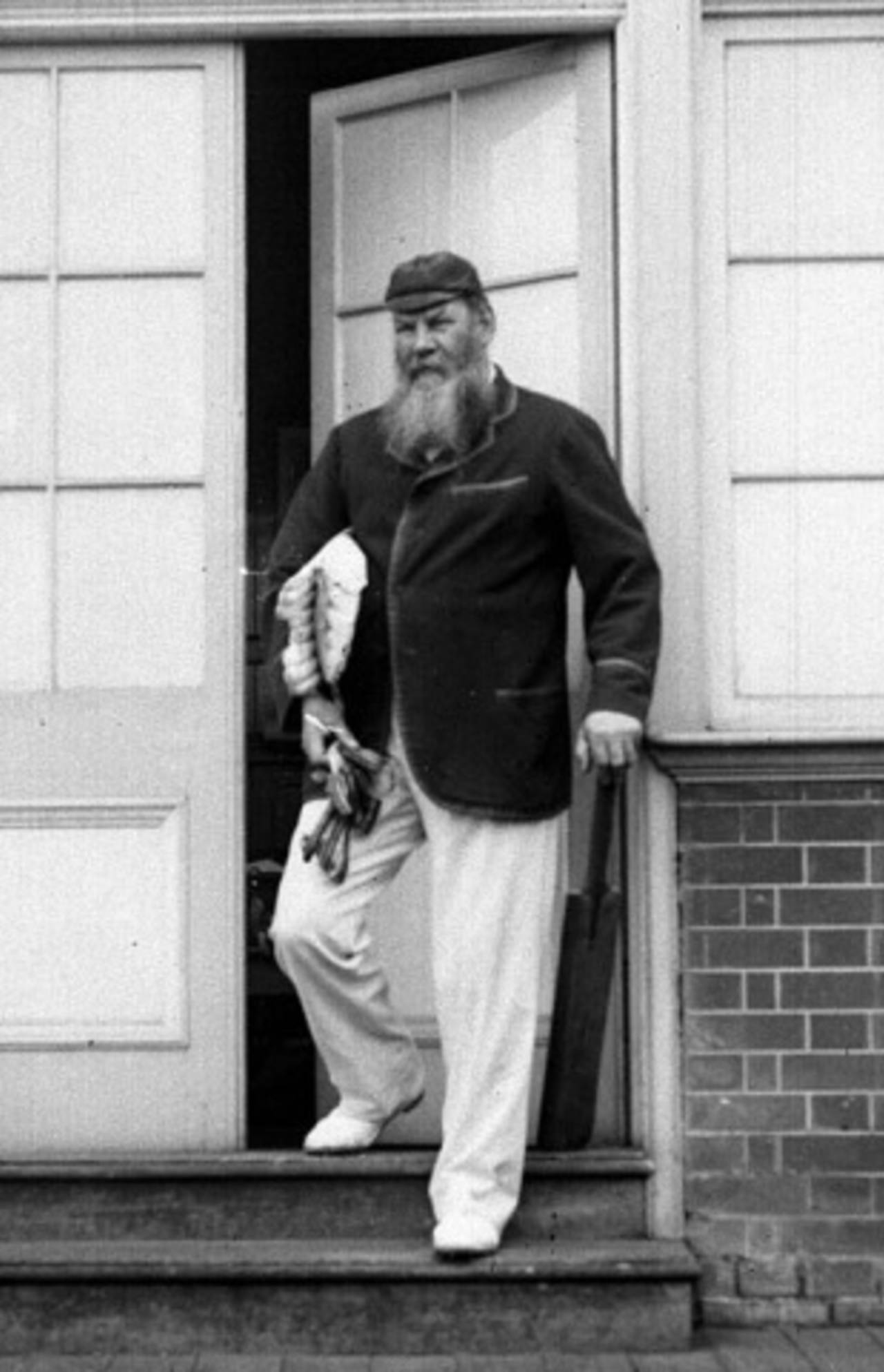The legacy of Grace
If not for the good doctor, cricket might have remained a pastime rather than a great international sport
Matthew Engel
19-Dec-2009

WG Grace: a Victorian hero and a cricketing pragmatist • PA Photos
1865-1908
The most recognisable, the most important and arguably the greatest cricketer of all time was a doctor from Bristol who died 94 years ago. Without WG Grace, cricket might have remained a pastime rather than a great international sport.
Grace emerged from a cricket-mad family to become an instant Victorian hero. As a young man, he achieved scoring feats that would be extraordinary today, and on the defective wickets of the 1860s and 70s were astonishing. At the same time he was a versatile and devastatingly effective bowler and a marvellous fielder.
But he was, above all, a cricketing pragmatist. He evolved his own technique to deal with balls that could shoot along the deck or scream head-high: he stood outside leg stump, waited with his bat waist-high (which became fashionable again a century later) and was willing to push runs with a straight bat on the leg side, which the classicists disdained. His secrets seem to have been a quick eye, strength, concentration, a light bat, and amazing confidence (he rarely wore a box).
Of Grace, Ranji wrote: "He founded the modern theory of batting by making forward- and back-play of equal importance, relying neither on the one or the other, but on both."
Thanks to the railways, cricket was becoming more organised, Thanks to the electric telegraph, it was being reliably reported. So the British public thrilled to news of WG's achievements. His bushy beard and impish character made him a national celebrity. And he endured. In 1895, aged 47, he scored 1000 runs in May.
Though notionally an amateur, Grace knew his worth and made sure he was paid it. Stories of his cheating have endured too: "They came to see me bat, not you umpire," he supposedly said once, when given out lbw. But these tales came from exhibition matches when he was telling the truth. Everyone did come to see him bat. And we go on watching cricket in the hope of seeing another like him.
Matthew Engel is a former editor of the Wisden Cricketers' Almanack
The Turning Points series was first published in Wisden Asia Cricket magazine in 2003